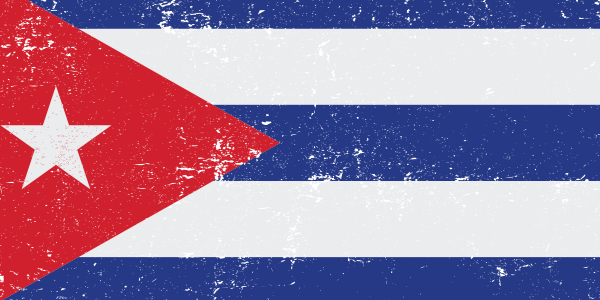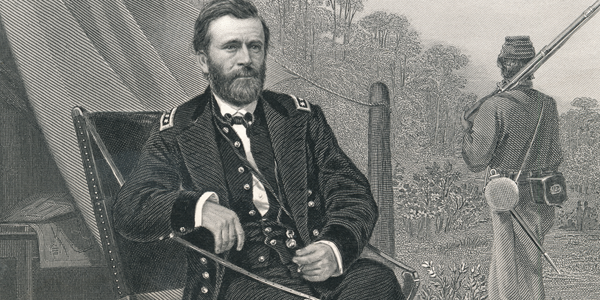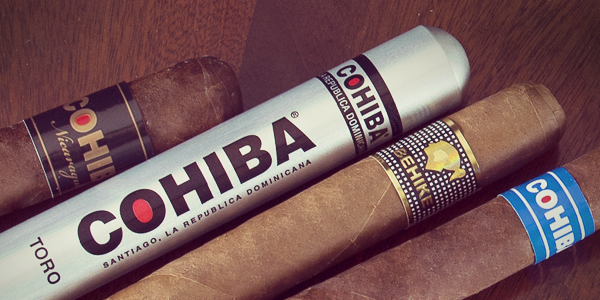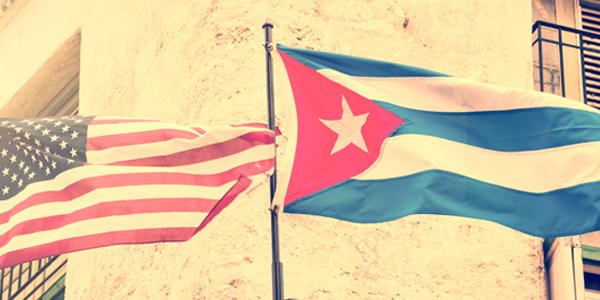Che Guevara & Cigars
After arriving in Cuba to fight alongside Fidel Castro, Ernesto “Che” Guevara, began a long love affair with the Cuban cigar. Despite being a lifelong asthmatic, Guevara liked big cigars and was open to smoking whatever was available, though he favored the better brands of the day like Montecristo, Partagas and H. Upmann.
Love Him, Hate Him
Revered and reviled. These are the two most common views of Guevara. “Che,” as he is usually referred to, is a common nickname used in South America’s Southern Cone (Argentina, Uruguay, Paraguay) and essentially means “buddy” or “guy.” Guevara, Argentinian by birth, apparently also used the word a lot.
Che Guevara is perhaps best known today as an image on a t-shirt or a poster. The photo by Albert Korda called “Heroic Warrior” is iconic and considered one of the most famous ever taken.
In historical terms, Che Guevara is revered for being a key lieutenant to Fidel Castro during the rebellion that led to Castro’s long reign as leader/dictator of Cuba. Che is reviled for the same reason and for his role in overseeing tribunals of the revolutionary government that resulted in the executions of hundreds of Cubans; and for his role in nationalizing Cuban industries, including tobacco and cigars. Of course, how one views Che Guevara has much to do with whether he participated in “liberating” you from oppression, or liberating you from all you had worked to build. One thing is indisputable: Che Guevara had an intense romance and obsession with the Cuban cigar.
Dr. Guevara
Che Guevara was a physician by training. A medical doctor. He grew up in relative comfort, but became radicalized during a motorcycle trip throughout South America where he saw poverty, hunger and disease. Guevara became a Marxist.
Che Meets Fidel
In the early 1950s, Guevara participated with the government of Jacobo Arbenz in
Guatemala to promote social reforms. Arbenz was viewed as a threat by US interests, particularly the United Fruit Company. In 1954, the CIA helped overthrow the Arbenz government. This experience solidified Guevara’s Marxist beliefs. After Guatemala, Guevara traveled to Mexico City and met Fidel and Raul Castro as they prepared to travel to Cuba to launch their revolution. Guevara joined the Castros in their mission and ultimately rose to second-in-command in the revolutionary army, Fidel’s right-hand man.
Guevara & Asthma
On the boat journey from Mexico to Cuba, Guevara had numerous asthma attacks, an illness he had long suffered from. The attacks continued in the Cuban mountains, forcing the rebel army to leave Guevara behind on several occasions. One home remedy recommended to Dr. Guevara by a local peasant involved the smoking of a local flower. The remedy, unsurprisingly did not help relieve Guevara’s shortness of breath, but it did lead him to try his first cigar. The year was 1956. Guevara was 28 years old.
Che & Cigars
Guevara began a long and intense relationship with Cuban cigars. He would make up excuses to smoke, even making claims that cigars had curative powers. (Of course, we all know that’s true!) He also believed that cigar smoke was useful in repelling “some very aggressive mosquitoes.” Guevara further claimed cigar smoking helped soothe his asthma, something that Oscar Fernandez Mell, a rebel doctor, said Guevara knew to be untrue since Guevara had been involved in advanced research on allergies while studying medicine.
The truth is probably that Guevara, in his own words, was captivated by “the fragrance of the Cuban leaf.” Of course, he was often close – physically and philosophically – to Fidel Castro, a champion cigar smoker in his own right. So, Che became a serious lover of Cuban cigars.
What Did Che Smoke?
Basically, Che Guevara was catholic in his choice of cigars. As mentioned, while reportedly partial to the top Cuban cigar brands of the day, Che would smoke whatever was available, even mooching cigars off unsuspecting colleagues. During the war, Che would smoke scarce cigars down to the nub, then save the stubs and put them into pipes to make sure every last bit of tobacco was savored. He continued this practice later in the 1960s when he went to the Congo and Bolivia to support revolutionary efforts.
After the War
Not long after coming to power, Guevara was diagnosed with pulmonary emphysema and was ordered by doctors to stop smoking. Che did not acquiesce, instead negotiating a deal with his doctors whereby he could smoke one cigar a day. Guevara then made arrangements to have a giant cigar shape produced for him so he could smoke it almost the entire day without technically violating the agreement.
Tobacco ‘Til the End
When Guevara was abroad, supporting Marxist rebels, Fidel Castro would sometimes find ways to get Cuban cigars to him. In fact, Fidel sent Che the last cigar he would ever smoke while Guevara was in Bolivia with Marxist rebels. As Jesus Arboleya and Roberto F. Campos wrote in Cigar Aficionado in 1997, Guevara, in March of 1967, “received a box of Churchills from the Cuban leader and consumed his share while dividing the rest among his troops. The gift, sent via sophisticated clandestine channels, included three bottles of Havana Club, prompting Che, who was not prone to drinking hard liquor, to make a rare exception and accompany his luscious cigar with a sip of the choice Cuban rum.”
When the Churchills had all been enjoyed, Guevara and his troops resorted to smoking whatever tobacco was available in pipes. Che bought tobacco for the last time, it’s reported, in a small village in the Bolivian Andes. A short time later, Guevara was captured after being wounded in a battle with the Bolivian military, aided by the CIA. In a schoolhouse made into a makeshift cell, one of Guevara’s captors reportedly fulfilled Che’s wish to smoke some tobacco. One last puff before being executed by a Bolivian officer.






